Low-pressure die casting (LPDC) is a metal casting process where molten metal is introduced into the mold cavity under controlled, low pressure. Unlike high-pressure die casting, LPDC is primarily used for producing parts with superior mechanical properties and is well-suited for large, complex components with medium production volumes.
Aluminum Low Pressure Die Casting in Innovaw
Innovaw's low pressure die casting line has a total of 15 fully automated low pressure die casting machines, including molten aluminum units, aluminum transport units, scrap conveyor mechanisms and product processing units, and is also equipped with an automated control system.
Our low pressure die casting products cover automotive manufacturing, aerospace, robotics, industrial equipment, medical devices, marine, energy and other industries. The castings range in size from 100mm-1000mm in length, 50mm-800mm in width, 40mm-500mm in height, and from 500g to 300kg in weight, with a daily production capacity of 8-10 tons.
Material Scope:
Aluminum:
ASTM-A319, A413, A355, A356, A357
JIS-AC2B, AC4D, AC4C, AC3A, AC4A
DIN-AlSi7cu4, AlSi5cu1Mg, AlSi7Mg, AlSi12, AlSi9Mg, AlSi12Cu2Mg1, AlSi6Cu4
ENAC-45000, 45300, 42100, 44100, 43300
In order to better provide one-stop service to our customers, Innovaw continues to maintain a high level of investment in research and development in the field of low pressure die casting.
We will continue to introduce the industry's advanced low pressure die casting equipment.
We continue to improve the details of the low pressure die casting process in practice, the pursuit of each and every bit of progress.
We continue to study the material properties and the best application of different materials in the field of low pressure die casting.
What Is Low Pressure Die Casting (LPDC)?
Low-pressure die casting (LPDC) is a metal casting process where molten metal is introduced into the mold cavity under controlled, low pressure. Unlike high-pressure die casting, LPDC is primarily used for producing parts with superior mechanical properties and is well-suited for large, complex components with medium production volumes.
1. Key Characteristics
- Low Pressure: The metal is forced into the mold using gas pressure, typically around 0.1 to 1 MPa (15–145 psi). This minimizes turbulence and reduces porosity.
- Gravity Assistance: Metal flow is controlled by low pressure, often aided by gravity, leading to smooth filling of the mold cavity.
- Permanent Molds: LPDC uses reusable steel molds or dies, often combined with sand cores for internal cavities.
- Improved Metal Quality: The controlled filling process helps reduce gas entrapment and inclusions, leading to denser, higher-quality castings.
2. The Process of LPDC
- Preparation:
. A steel mold is prepared and coated to prevent sticking.
. The mold is preheated to ensure uniform cooling.
- Metal Charging:
. The molten metal is stored in a sealed furnace beneath the mold.
. Gas pressure is applied to push the metal upwards through a riser tube into the mold cavity.
- Solidification:
. The metal cools and solidifies in the mold, starting from the extremities for controlled grain structure.
- Ejection:
. Once the part has cooled sufficiently, it is ejected from the mold.
- Finishing:
. Excess material, such as risers or gates, is removed, and any additional surface finishing is performed.
3. Advantages of LPDC
- Improved Mechanical Properties: Denser castings with fewer defects.
- Controlled Cooling: Results in a uniform grain structure and better dimensional accuracy.
- Medium Complexity: Suitable for parts that are more complex than gravity castings but less intricate than high-pressure die castings.
- Material Efficiency: Minimal turbulence reduces waste.
- Reusable Molds: Permanent molds lower long-term costs compared to sand casting.
4. Common Applications of LPDC
- Automotive Industry: Engine cylinder heads, wheels, and suspension components.
- Aerospace: Structural parts requiring high strength and precision.
- Industrial Equipment: Pump housings, valves, and large machinery parts.
5. Limitations of LPDC
- Cycle Times: Slower compared to high-pressure die casting.
- Production Volume: Not ideal for very high-volume production due to longer cooling times.
- Initial Costs: High mold and furnace setup costs, though lower than high-pressure systems.
- Part Size and Complexity: Better suited for medium to large components with moderate complexity.
Comparison with High-Pressure Die Casting
|
Feature |
Low-Pressure Die Casting |
High-Pressure Die Casting |
|
Pressure |
Low (0.1–1 MPa) |
High (10–200 MPa) |
|
Casting Speed |
Slower |
Faster |
|
Surface Finish |
Good |
Excellent |
|
Mechanical Properties |
Higher density, stronger |
Less dense, good for thin walls |
|
Complexity |
Moderate |
High |
|
Typical Applications |
Larger, load-bearing parts |
Lightweight, precise parts |







.png)


.png) +86-574-83036520
+86-574-83036520 +86-574-83008051
+86-574-83008051 sales@innovaw.com
sales@innovaw.com

.png)

.png)
.png)
.png)

.png)
.png)
.png)
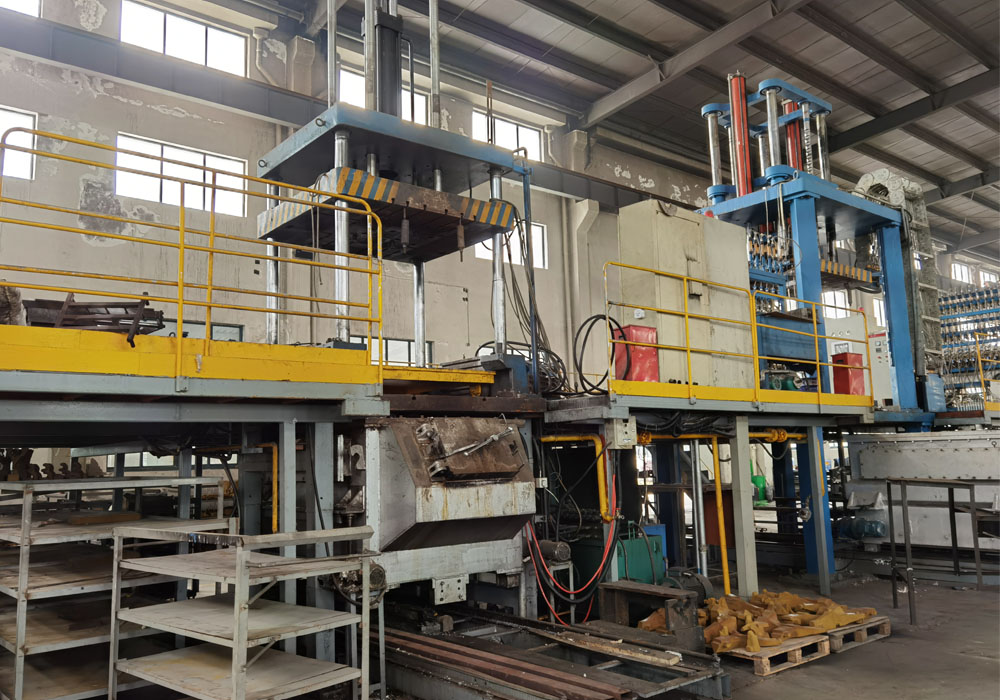
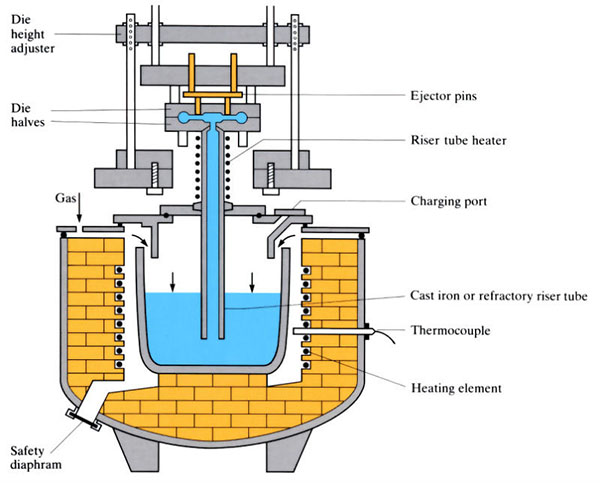
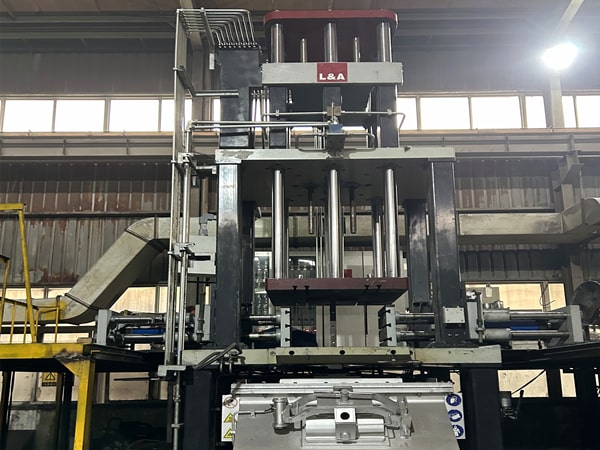
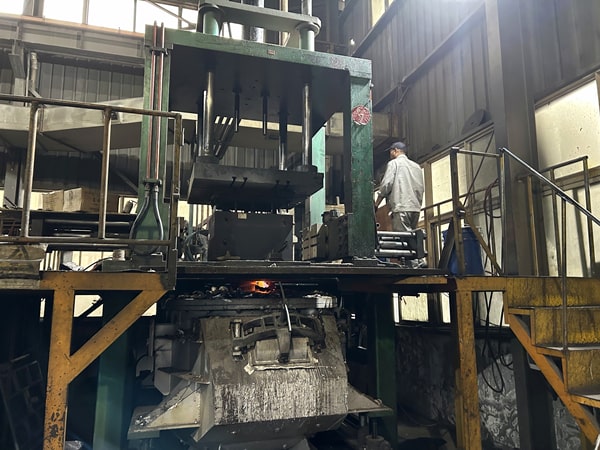
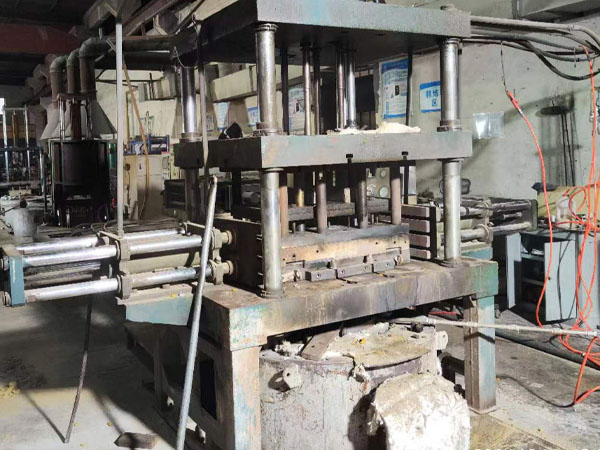
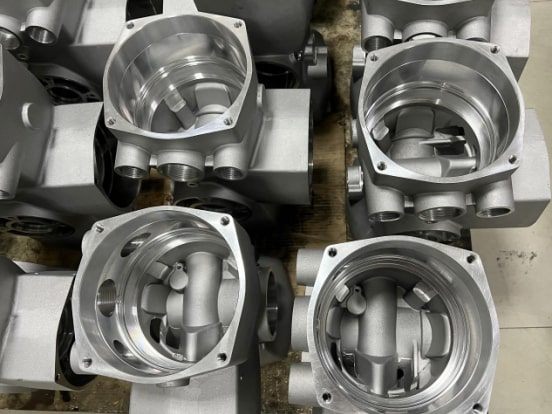
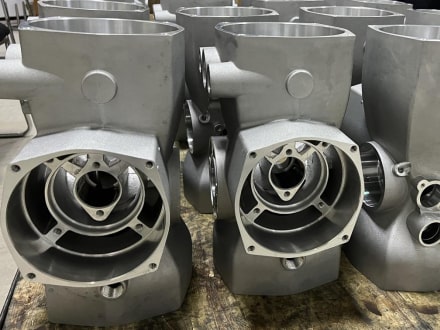
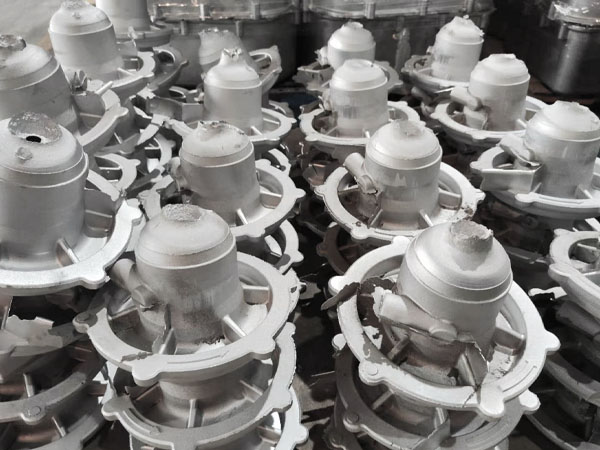




.png)

